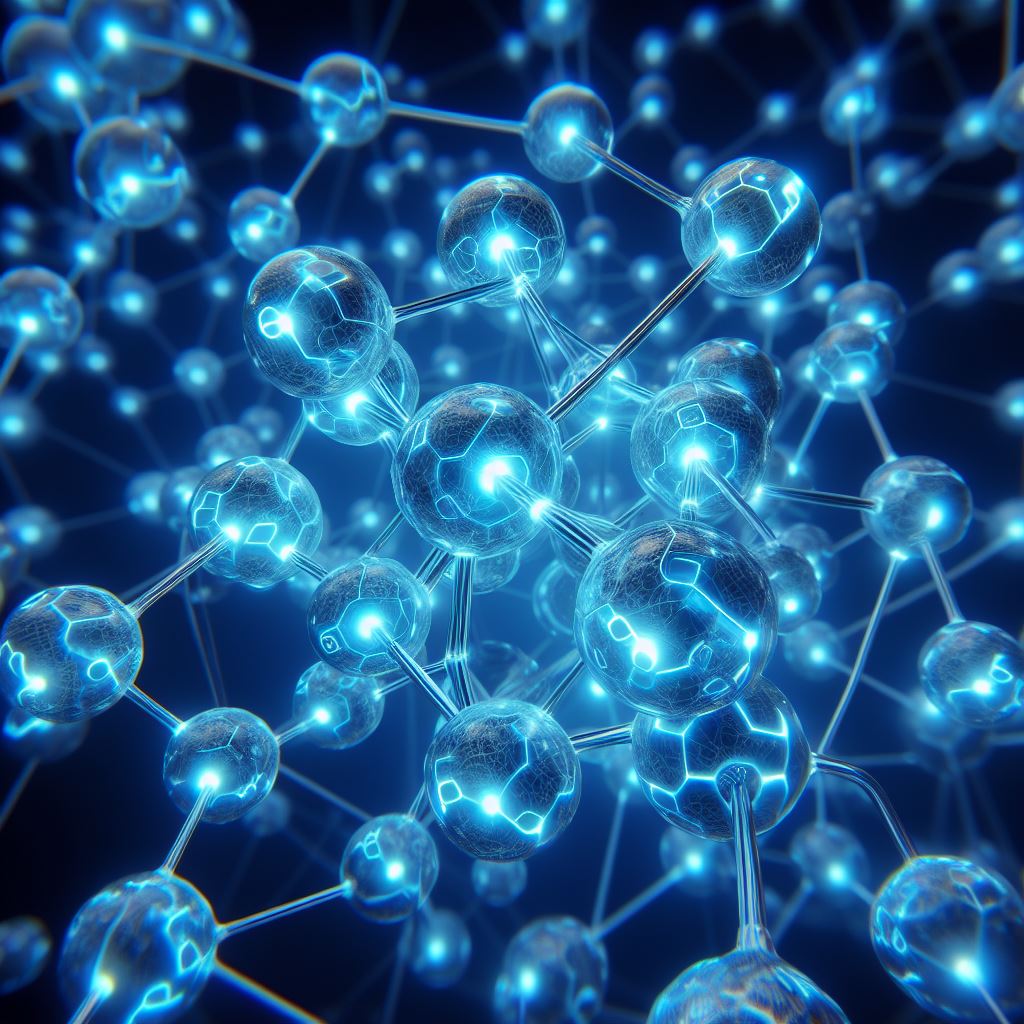FERROELECTRIC
MATERIALS & DEVICES
GROUP
Manipulating & Integrating
Ferroelectric Materials
for Microelectronics
GOALS
Energy-Efficient Electronics
Energy demand from computing has been increasing much faster than the world’s energy production; at this rate, in 20 years, computing will require more electricity than the world can generate; novel energy-efficient computing paradigms are required

Energy-Autonomous Electronics
The exponential rise of IoT smart devices (approaching 1 trillion) and heat dissipation challenges in modern microchips demand innovations in self-powered nanotechnologies – spanning energy storage, energy harvesting, power delivery – integrated on-chip

3D Microelectronics
3D ICs with computing (energy-efficient logic + in-memory computing), energy tech (energy storage, nanogenerators, power delivery) & sensing (multimodal in-sensor processing) 3D-integrated for edge-intelligent autonomous data processing, all leveraging ferroelectric building blocks

Next-Gen Today’s Microelectronics
Accelerating the translation of electronic devices with unprecedented performance to government & commercial semiconductor foundries by engineering ferroelectric order and breakthrough electronic responses in simple materials used in modern microelectronics

APPROACH
Materials Science
Atomic-scale engineering
Inversion symmetry breaking & phase transitions
Atomic-layer thin films, superlattices, metastable polymorphs

Condensed Matter
emergent (negative) electronic phenomena
Building blocks: collective electronic order, phase transitions
Negative responses: capacitance, piezoelectricity, compressibility

Nanoelectronics
on-chip computing & energy technologies
Computing: logic transistors, nonvolatile memory, AI hardware
Energy: energy storage & harvesting capacitors, power delivery

RESEARCH HIGHLIGHTS
In order to accelerate the technological adoption of new electronic devices (Lab-to-Fab translation), we focus on manipulating simple materials in today’s mass production microelectronics. In particular, we engineer ferroelectric order in HfO2-ZrO2 — the dielectric used in today’s state-of-the-art logic transistors and memory capacitors — to redesign integrated circuit building blocks.
Re-imagining electronic materials
Engineering emergent collective electronic order and negative electronic phenomena in otherwise ordinary dielectrics
Lab-to-Fab
Samsung Advanced Institute of Technology (SAIT) confirmation of ultrathin ferroelectricity in HfO2-ZrO2 on Si
ACS AMI 2021 | Nature Electronics 2023
Academia: Spurred theoretical focus on unconventional origins of ferroelectricity in ultrathin HfO2-ZrO2

Re-imaginging the transistor
From high-k dielectrics to negative-k ferroelectrics for ultra-low power transistor operation
Lab-to-Fab
U.S. R&D Foundry confirmation & integration of my NC gate stack into their Defense Foundry transistor technology: IEDM 2022
Samsung Electronics and SAIT confirmation & integration of my NC gate stack into their FinFET technology: Nature Electronics 2023
Intel highlighted my NC technology as a future for energy-efficient computing in their 75th anniversary of the transistor: Science 2022
GlobalFoundries collaborative NC integration into next-gen GF FDX & FinFET platforms

Re-imagining the Capacitor
From electrochemical to electrostatic energy storage for ultrahigh density and ultrafast charging capacitors
Lab-to-Fab
U.S. R&D Foundry confirmation & integration of my NC energy storage stack into their 3D trench capacitor process: Nature 2024
The Pentagon invitation to present this energy storage technology to US military decision-makers at the Pentagon DARPA Demo Day 2023
Samsung Electromechanics collaborative research for next-gen MLCCs and Si microcapacitors

Re-designing the diode
From p-n junctions to ferroelectric-ionic junctions for ultrahigh scalability compute-in-mem arrays
In Prep

Research Areas
New Paradigms for Electronic Materials & Devices
Materials Design
Computing & Memory
Toolbox
Atoms to Devices
Materials-by-Design Synthesis
To stabilize emergent phenomena beyond the standard unit cell, we utilize Atomic Layer Deposition (ALD) to manufacture hierarchical “super-cells”. ALD, used in today’s microelectronics, deposits atomically-precise films across large-area substrates to enable large-scale integration and facilitate Lab-to-Fab translation.

Thin Film Characterization
To understand the microscopic origins underlying electronic metamaterials, we employ (i) synchrotron x-rays (diffraction, spectroscopy, microscopy), (ii) microscopy (electron, scanning probe), and (iii) transport (ultrafast, cryogenic, etc) at National Laboratories, MIT facilities, and in-house setups.

Electronic Devices
To realize enhanced performance derived from emergent symmetry-broken phenomena, we integrate electronic metamaterials into relevant device structures (e.g. capacitors, transistors) fabricated (i) in-house at MIT.nano (ii) next-door at MIT Lincoln Laboratory and (iii) in collaboration with semiconductor industries.

